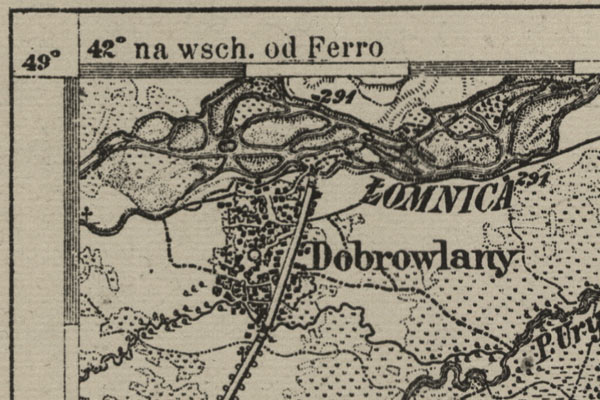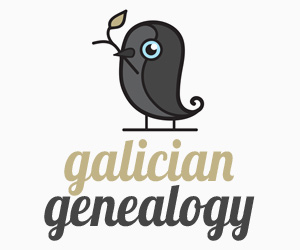
Aleksander Czolowski (1865-1944) – Polish ethnographer, archivist and director of the Historical Museum in Lviv.
While collecting information for the publication of the history of Kalush town and area, he sent out questionnaires to each place from this region. The answers received concern the local population. We believe that this is valuable information that enriches knowledge about our ancestors.
Dobrowlany
THE 1892 QUESTIONNAIRE
1. Where is the location of the village? (detailed description in every respect)
Dobrowolany is a village located by the Łomnica river on its right bank. One part of village is in contact with the river, the other borders the territory of Nowica village. Along the village is a main road. There is no forest nearby. During the floods of the Łomnica river, damages are caused, because gardens, fields and meadows are flooded as well as the river takes the land also. There is a ferry to cross the river.
2. What is the history of place name and foundation ?
Before establishing the village, here was a field called “Dąbrowa” from which the name was taken.
3. Description of the Church and its monuments. When it was founded, built and consecrated, where it is located ?
The local church is located in the village, by the side road. It is planted with lime trees. Built around 1790 year and consecrated in 1891 (1791?) year. The building is wooden, covered with shingles.
4. From what year Vital Records and Church Acts begin ?
Vital records and Church acts begin from 1787 year.
5. Are there graves, trenches, caverns, older commemorative crosses and statues with mysterious names ? Do they have any legends ?
The village has only a memorial cross from 1848 year.
6. Do you have any information about historical events, such as Tatar attacks, battles, robberies, thugs and so on ?
No information
7. Have ancient artifacts been dug here? For example, stone tools, coins, elements of ancient weapons and so on?
None
8. What are the physiological traits of the local population ?
Hair color Blond light and dark – Facial complexion Pale – Growth Medium – Physique Thin – Endurance at work Good enough – Temperament Sanguine – Healthiness Good – Morality Average
9. What is the dress (everyday and festive, summer and winter) What are its parts ? How are they called ? Cut, color and decorations
Canvas dress during the summer, sheepskin coat in winter. Clothes made of wool during the summer. The shirt, sometimes a vest and outer clothing. Women wearing a headscarf, the girls also. Women under the scarf have a coif.
10. Is there foreign origin in the types of clothing of the local population?
There isn’t
11. Are there any specific customs, typically local, in the population?
There aren’t
12. What are the local trade items and where are they sold to?
Onions are selling to Kalush and Stanislavov
13. What is the main source of income?
Transporting building sand and stones. Part time jobs. Men leave farms under the care of women who are also caring for children at home. Generally, few men stay in the village during the summer.
14. How many people were deceased and new born in the village in 1892?
New born – 45, Deceased – 21
